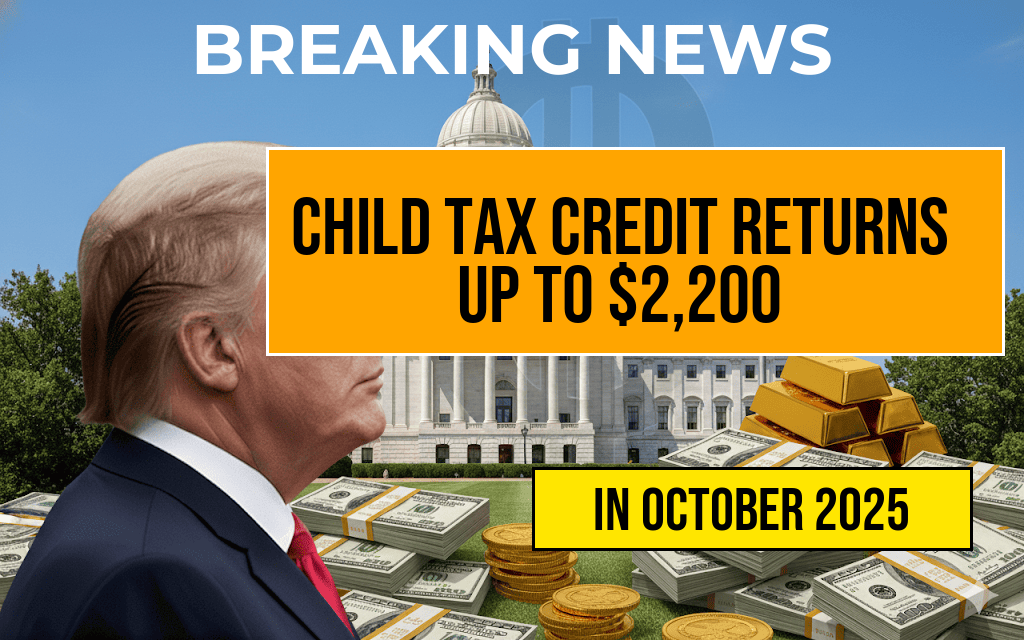The upcoming Medicare cost adjustments are sparking concern among beneficiaries as a recent announcement reveals that the typical 2024 Cost of Living Adjustment (COLA) will be overshadowed by an increase in Part B premiums. While the federal government has approved a $10.30 increase in monthly premiums, the COLA for 2024 is expected to be approximately 3%, equating to a modest boost in Social Security benefits. However, this adjustment will be largely offset by the higher Part B costs, leaving many beneficiaries with less net benefit than anticipated. Experts warn that this trend may continue in future years, complicating retirees’ financial planning amidst inflationary pressures.
Understanding the Medicare Part B Premium Increase
What is driving the hike?
The increase in Medicare Part B premiums for 2024 stems from several factors. Chief among them is the rising cost of healthcare services and pharmaceuticals, which directly impact Medicare’s expenditures. Additionally, the inflation in medical care costs has been more persistent and elevated than general inflation, prompting the Centers for Medicare & Medicaid Services (CMS) to adjust premiums accordingly. The standard Part B premium, which covers outpatient services, doctor visits, and some preventive care, will rise from $164.90 in 2023 to $175.20 in 2024.
Who is affected?
- Most beneficiaries: Those enrolled in Medicare Part B will see an increase in their monthly premium by approximately $10.30.
- High-income earners: Individuals with higher incomes may pay increased premiums through Income-Related Monthly Adjustment Amounts (IRMAA).
- Dual-eligible beneficiaries: Those receiving both Medicare and Medicaid might experience lesser impacts depending on Medicaid coverage specifics.
Impact of the 2024 COLA on Social Security Benefits
Projected COLA and benefits
The Social Security Administration has announced a 3% COLA increase for 2024, which translates into an average monthly benefit increase of roughly $50 to $70 for most recipients. For example, a retiree receiving $1,500 per month would see an increase of about $45.
Net effect after Medicare premium hike
| Beneficiary Type | Monthly Social Security Benefit | COLA Increase | Part B Premium Increase | Net Change |
|---|---|---|---|---|
| Standard beneficiary ($1,500/month) | $1,500 | +$45 | –$10.30 | +$34.70 |
| Higher-income beneficiary ($2,500/month) | $2,500 | +$75 | –$10.30 | +$64.70 |
While the COLA provides a tangible benefit, the increase in Part B premiums diminishes some of that gain, especially for those with higher benefits or additional income sources. This divergence highlights ongoing concerns about inflation’s impact on retirees’ purchasing power despite government adjustments.
Policy and Budgetary Considerations
Funding and sustainability
The rising costs of Medicare are closely tied to demographic shifts, with the aging U.S. population placing increasing pressure on the program’s finances. According to the Wikipedia entry on Medicare, projections estimate that Medicare’s Hospital Insurance Trust Fund may become insolvent by 2028 if current trends persist. Policy discussions are ongoing regarding potential reforms, including adjustments to premium structures and benefits.
Implications for beneficiaries
Many seniors rely heavily on fixed incomes, making the balance between COLA increases and rising healthcare costs critical. For some, the higher Part B premiums may negate the benefits of the COLA, leading to increased out-of-pocket expenses and potential delays in seeking necessary care. Experts suggest that beneficiaries should review their Medicare coverage options and consider supplemental plans to mitigate rising costs.
Looking Ahead
Potential for future increases
Analysts warn that if healthcare inflation continues at its current pace, Part B premiums could see further hikes in coming years. The challenge for policymakers lies in balancing the financial sustainability of Medicare with the need to provide meaningful benefit adjustments for beneficiaries. As the population ages and medical costs escalate, these issues will likely remain at the forefront of federal healthcare debates.
Resources for beneficiaries
Frequently Asked Questions
What is the main reason for the Medicare premium increase?
The increase in Medicare Part B premiums is primarily due to a $10.30 rise, which will consume a significant portion of the Cost of Living Adjustment (COLA) for many beneficiaries.
How will the COLA affect Medicare beneficiaries this year?
The COLA, which is intended to help seniors keep up with inflation, will be partially offset by the increased Part B costs, reducing the overall benefit of the COLA for many individuals.
What is the specific increase in Medicare Part B premiums?
The Part B premiums are increasing by $10.30, which is a significant hike that will impact most Medicare beneficiaries’ monthly healthcare expenses.
Who will be most affected by this premium hike?
Many Medicare recipients, especially those relying heavily on the COLA to offset rising costs, will be most affected by the premium increase and the reduction in their overall benefits.
What can beneficiaries do to manage the increased costs?
Beneficiaries can explore options such as adjusting their coverage, applying for assistance programs, or reviewing their budget to accommodate the higher Part B premiums.










